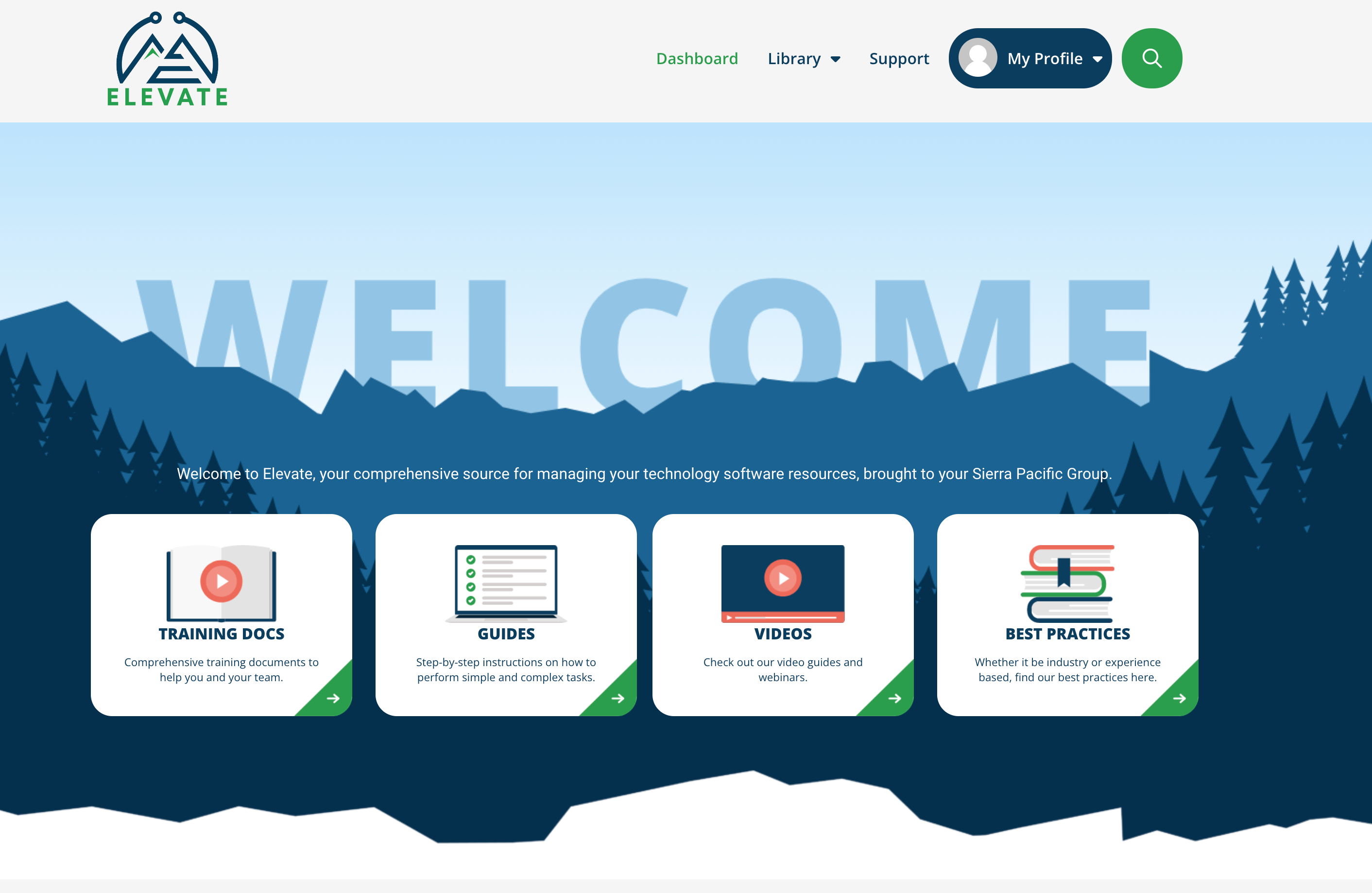Automation should make life easier, but too often it adds complexity. Instead of saving time, MSPs end up stuck in maintenance cycles, constantly adjusting workflows, troubleshooting errors, and questioning whether the bot is doing more harm than good.
The issue is rarely the platform itself. Tools like Rewst are incredibly capable, but without the right approach, that capability creates chaos. Most problems stem from how automations are scoped, built, and managed, not from the engine powering them.
At MSP+, we partner with Rewst because we’ve seen the difference when it’s implemented with strategy and structure. From new users to mature automation practices, the MSPs seeing real results are the ones who build systems, not shortcuts.
In this post, we’ll break down the most common mistakes we see inside Rewst and share what to do instead. If you're ready to stop automating in circles, it starts with changing how you build.
You’re Not Saving Time If You’re Automating These Mistakes
If you’ve spent more time fixing a bot than the manual task it was supposed to replace, you’re not alone. I’ve seen plenty of MSPs dive into Rewst with the right intentions, only to get stuck in cycles that waste time instead of saving it. Here are four of the most common missteps that derail automation efforts:
Starting with the most complicated process
It’s tempting to start with the workflow that takes the most time. The logic is sound: fix the biggest problem, get the biggest reward. But there’s a reason it takes the most time, it’s complicated. These processes often span multiple tools, require exceptions for unique client needs, and lean on systems that might not even be configured properly. Automating them first usually creates more work, not less. Not every process is good to automate.
Automating broken processes
You can’t automate your way out of a bad process. If something’s broken upstream, like a form field that collects the wrong data or a handoff that’s always missed, automation won’t fix it. It’ll just keep the issue buried. I see this a lot: automations built to compensate for a gap that should’ve been addressed at the source by modifying the process.
Trying to fully automate new user onboarding
Automating one-off scenarios instead of fixing root issues
I’ve watched teams spend hours building out workflows for scenarios that only happen once or twice a year. Where is the ROI? If automation is used too infrequently, doesn’t apply across multiple clients or deliver consistent value, it’s probably not worth the effort. Complexity is the enemy of scale, and chasing one-off use cases only adds to the maintenance burden.
The Turning Point: What Effective Automation Actually Looks Like
- Multi-step ticket processing
These workflows manage routine PSA tasks:assigning, escalating, and closing tickets without technician intervention. They reduce admin overhead by properly collecting and filling in datapoints to improve SLA consistency across clients. - Time entry review and corrections
These automations ensure accuracy in time tracking, flagging missing or miscategorized entries. In addition to reducing the burden of time reviews, this protects revenue, improves reporting, and supports billing integrity. - Administrative and finance workflows
From invoice validation to usage audits, these behind-the-scenes automations keep leadership out of the weeds and focused on strategic growth instead of spreadsheet cleanup.
So, if you’re looking for where to begin, don’t start with what’s biggest. Start with what’s ready. The path to real efficiency is paved with small, well-executed wins.
Smarter Automation Starts with a Smarter Process
- Focus on workflows that are stable and repeatable
- Design with clarity, not just creativity
- Build and test with long-term maintenance in mind
The Mindset Shift That Makes Automation Work
If you want automation to deliver real results, you must start thinking differently.
First—start with quick wins, but plan for scale. Automation isn’t a shortcut. But creating small, high-frequency automations are the fastest way to build confidence and momentum. It’s a strategic investment that pays off overtime through reduced overhead, stronger margins, and the ability to scale without adding headcount. The MSPs that succeed with Rewst treat it like infrastructure, not a side project or novelty. Pick the right thing to automate
Second—you don’t need perfect documentation to start. A detailed SOP might be helpful , but it’s not a requirement. If you have a checklist and you know how the process works, that’s enough. You can, and should, start building from there instead of trying to over document something your automating.
And finally—if you can’t define the ROI before building a workflow, don’t build it. ou should know exactly how often a task runs, how long it takes, and what that time costs you. If you don’t have that data, that’s where to begin. Rewst won’t create value unless you’re tracking the right metrics and building with purpose.



